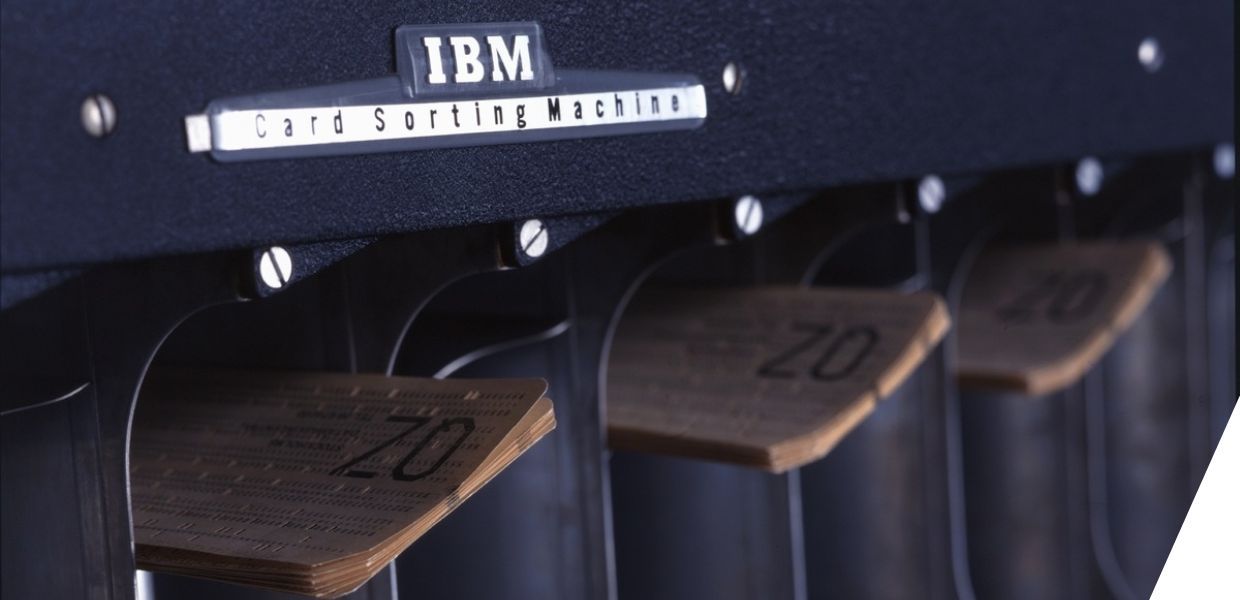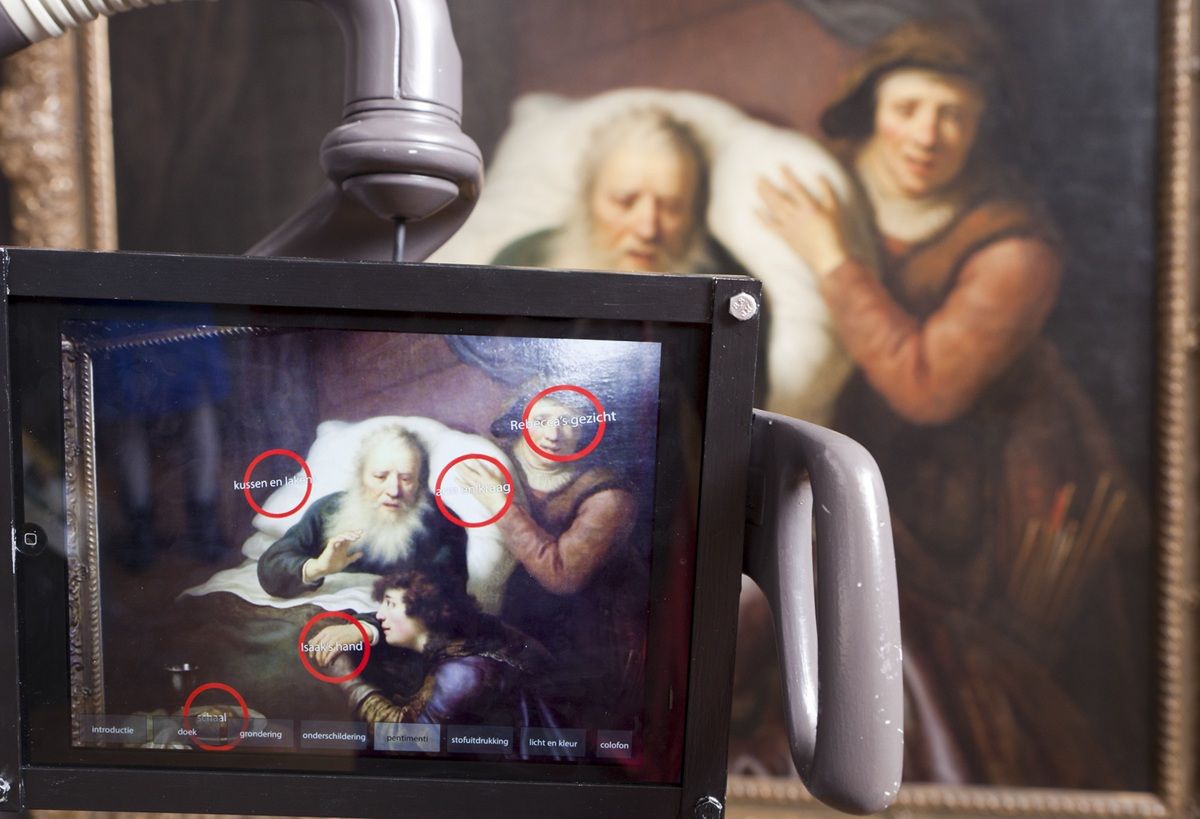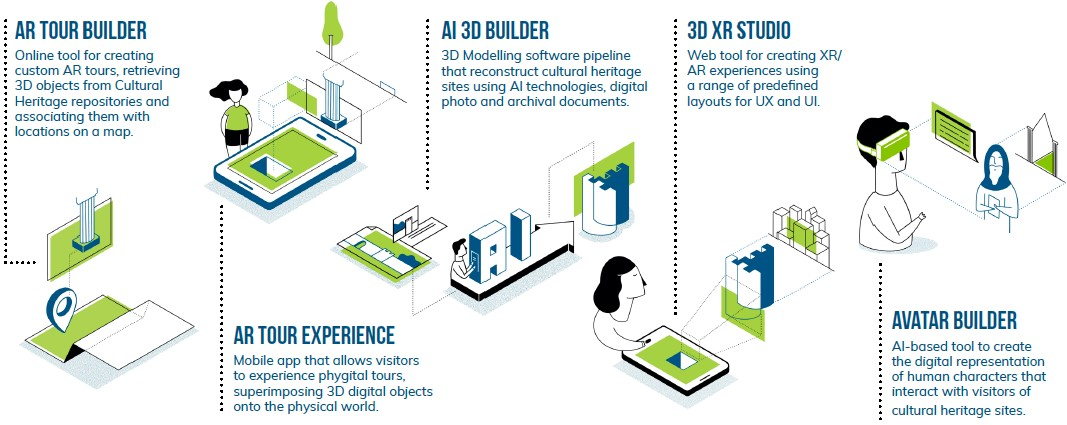Overlay AR: the same place, another time
Some systems use a particular form of AR: instead of displaying the live camera view, the screen shows a full-screen digital reconstruction, like a window into the past. This approach is common in outdoor heritage tours, for instance at the Athens Acropolis, allowing visitors to see buildings and sites as they once were.
Low-cost and easy to understand, this solution often relies on geolocation and 3D modelling. It offers a strong visual impact, especially with animated scenes, and is technically accessible, particularly in tourism contexts such as the Saline Royale in Arc-et-Senans, France.
Mixed Reality (MR): integration of virtual into the reality
Mixed Reality goes a step further. It integrates interactive virtual elements, objects or characters, into the real environment. These elements respond to user movements, gestures or voice commands, creating a more dynamic and lifelike experience, as seen at La Pedrera in Barcelona.
This technology is especially well suited to controlled indoor spaces such as museums, where rich experiences can be offered without environmental constraints. For example, visitors can talk to a historical character or be guided by a virtual host, like Jean, a WWII resistance fighter, who leads a tour of Colonel Rol-Tanguy’s command post in Paris.
Virtual Reality (VR): immersion in simulated worlds
Virtual Reality immerses users in a fully digital environment, typically using a headset – sometimes enhanced with motion sensors or haptic gloves. It allows people to explore lost or inaccessible sites, such as the Great Synagogue of Erfurt (Germany), or relive historical scenes with strong emotional impact.
For cultural institutions, offering these experiences on-site, as with the Galileo Project at the Museo Galileo in Florence, provides significant benefits. It ensures high-quality mediation in a controlled setting, using dedicated equipment and guided facilitation when needed. VR can also boost the site's appeal, create unforgettable visit moments, and support additional revenue streams through ticketing, workshops or special events.
Mobile or outreach formats are also developing, enabling institutions to share this added value beyond their walls while maintaining quality control over the visitor experience.




